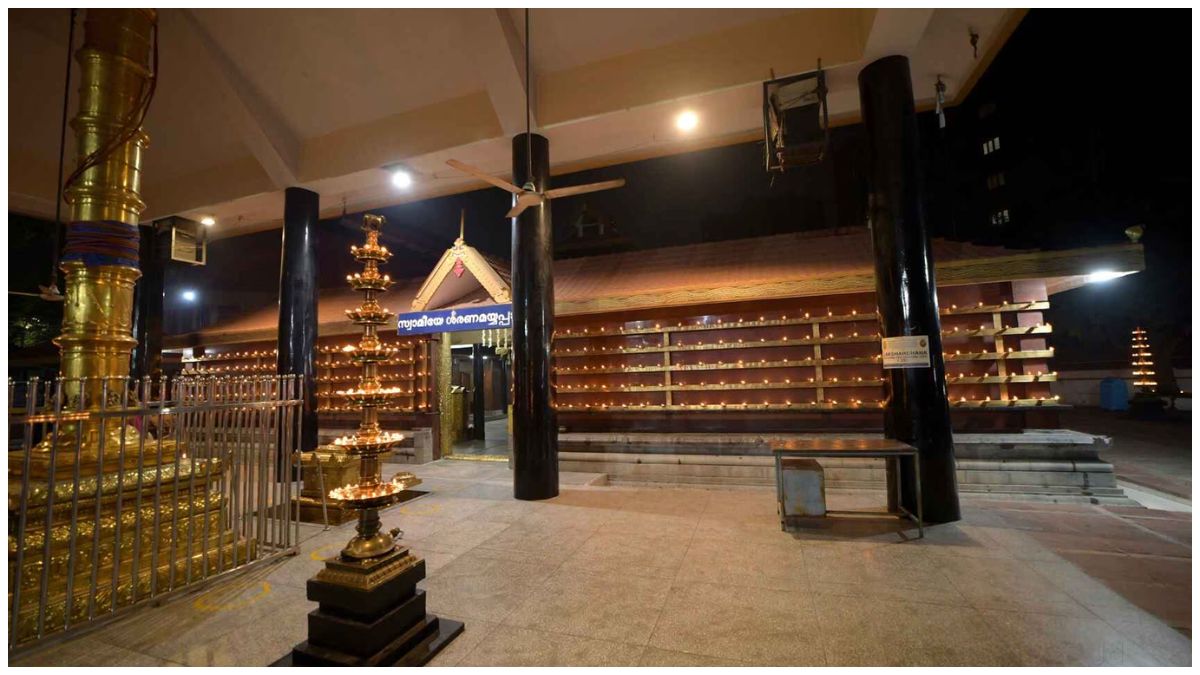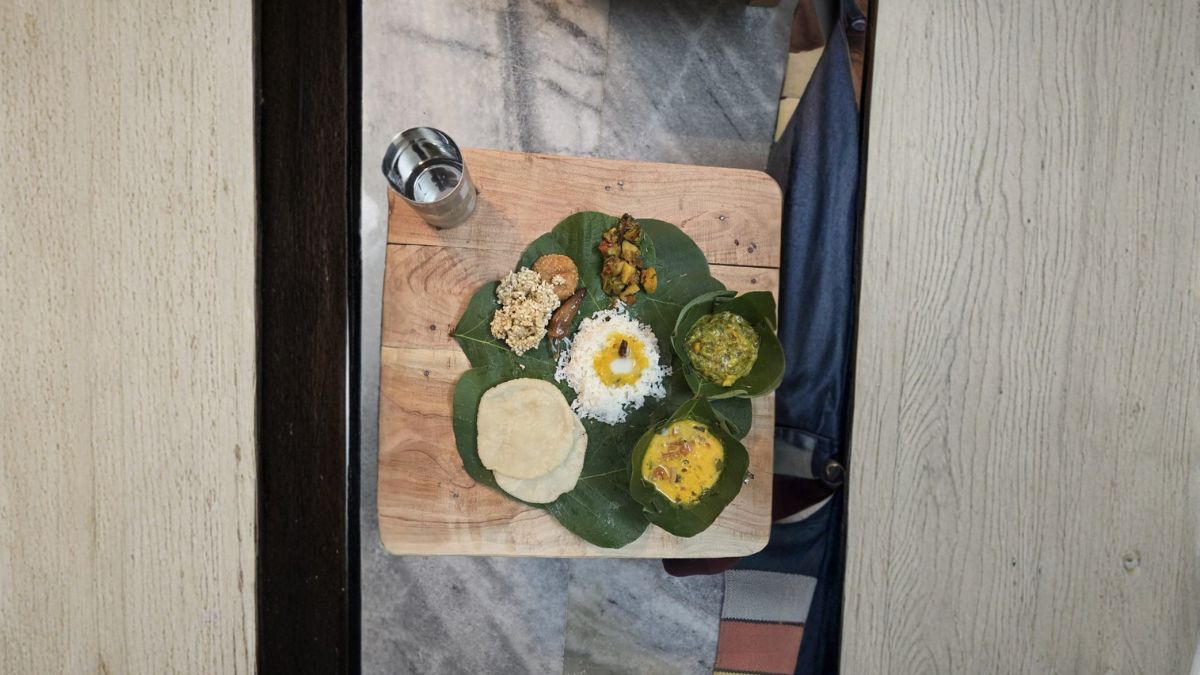World’s First Rain Museum to Open in Mawsynram, Meghalaya
In a remarkable move that celebrates nature, science, and culture, the northeastern Indian state of Meghalaya is preparing to unveil the world’s first-ever Rain Museum in the village of Mawsynram. Known globally as the wettest place on Earth, Mawsynram receives nearly 12,000 millimetres of rainfall annually, making it the perfect setting for a museum dedicated entirely to rain and its influence on life, landscape, and local traditions.
Nestled in the East Khasi Hills, Mawsynram is more than just a meteorological marvel it is a testament to human adaptability and harmony with nature. For the people here, rain is not a seasonal inconvenience but an essential part of life, almost like a member of the family. Locals have devised ingenious ways to live with the unrelenting rainfall. Traditional bamboo-and-palm rain shields called “knups” are commonly used as umbrellas, while homes are soundproofed with thatched roofs to withstand the constant downpour. Even the bridges in the region, made from living tree roots, are nature-friendly constructions designed to survive for generations in the rain-soaked terrain.
It is precisely this deep-rooted relationship with rain that inspired the Meghalaya government to choose Mawsynram as the site for a one-of-its-kind cultural and scientific project. With an investment of ₹35 crore, the Rain Museum is being developed as an immersive experience that combines interactive learning, cultural heritage, and environmental consciousness. Once completed, the museum will feature engaging weather exhibits that explain cloud formation, monsoon cycles, and the physics of rainfall, along with informative sections on the urgent issue of climate change.

One of the highlights of the rain museum will be the indoor rain simulation zones where visitors can experience the dramatic power of Mawsynram’s monsoon in a controlled environment. The space will also host traditional Khasi installations, offering insights into how rain has shaped the community’s customs, housing styles, and way of life. Additionally, a modern meteorological research centre will be a part of the complex, potentially collaborating with institutions like the Indian Meteorological Department (IMD) and ISRO for cutting-edge climate monitoring and research.
Beyond its scientific and cultural appeal, the Rain Museum is part of a larger eco-tourism initiative aimed at transforming Mawsynram into a sustainable global travel destination. This includes the development of better road connectivity, the construction of new homestays and eco-resorts—including one near Mawmluh that marks the beginning of the globally recognized “Meghalayan Age” and skill development programs to train local communities in tourism and hospitality. The hope is that this initiative will not only attract travelers from across the world but also generate long-term, sustainable economic opportunities for the people of the region.
Mawsynram itself is a destination like no other. Surrounded by misty green hills, cascading waterfalls, and mysterious limestone caves, it offers an ideal getaway for monsoon chasers, nature lovers, and offbeat travellers seeking authenticity. Among the many natural wonders, caves like Mawjymbuin and a range of stunning rain-fed falls provide visitors with a rare opportunity to witness the untouched beauty of the monsoon in its rawest form. The local Khasi community, known for their warmth and hospitality, adds another layer of richness to the experience with their delicious cuisine and deep-rooted cultural practices.
With the Rain Museum nearing completion, Mawsynram is set to redefine the way the world looks at rain not as an obstacle, but as a source of life, culture, and endless fascination. In this small village where every drop of water tells a story, the museum will serve as a tribute to rain and to the resilience of the people who call it home.






